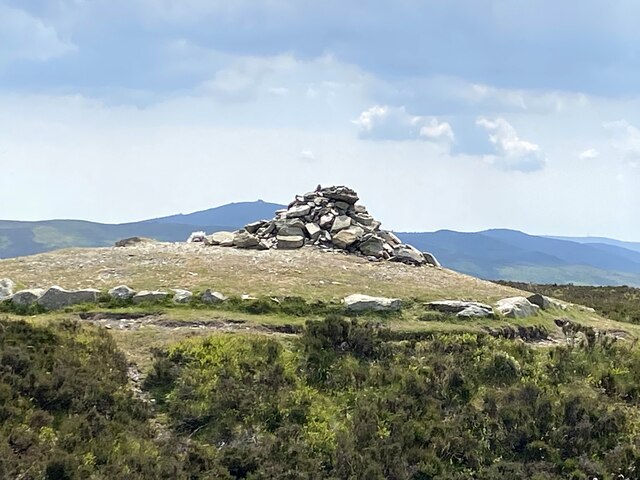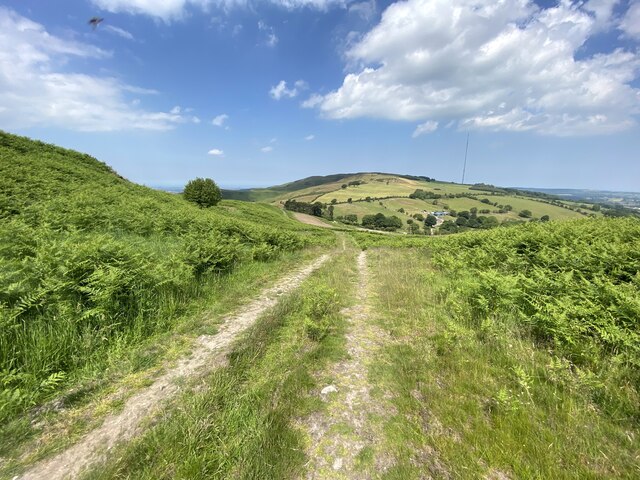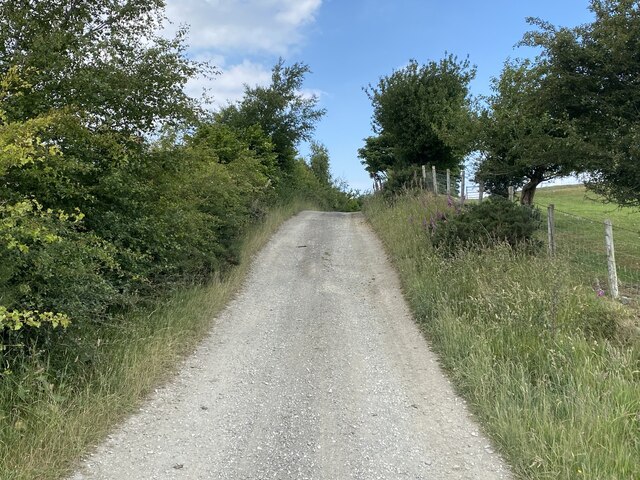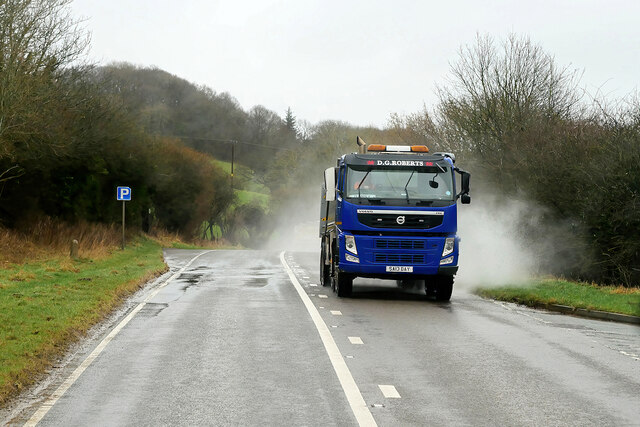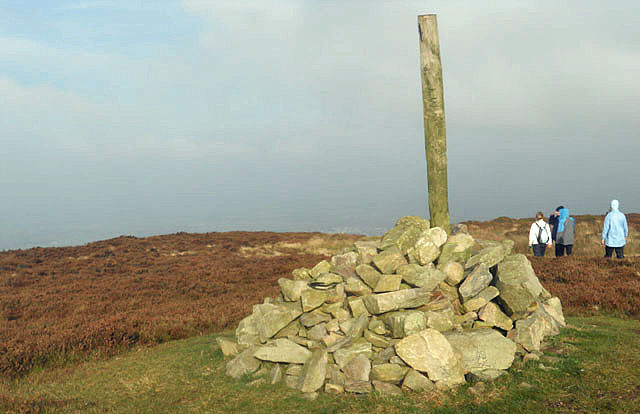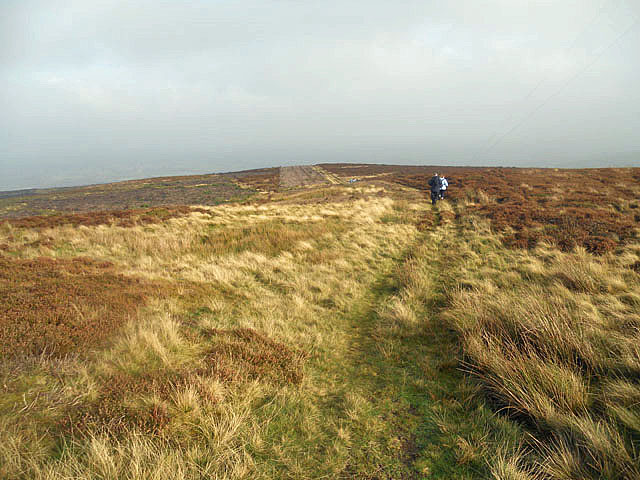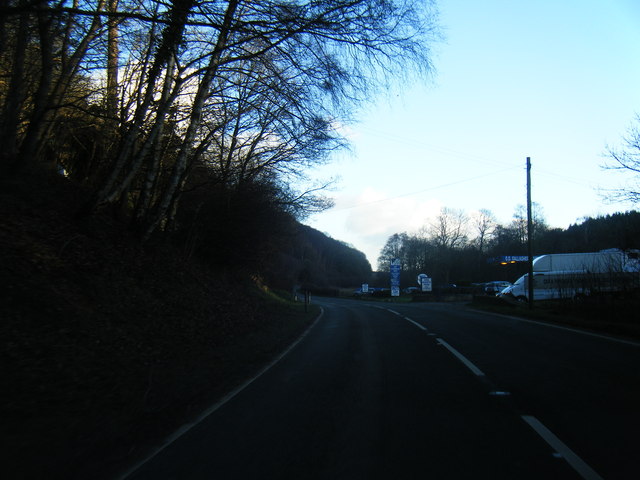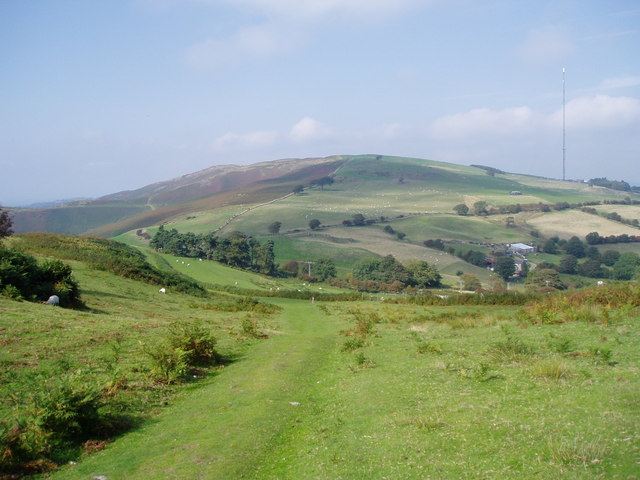Colomendy
Heritage Site in Flintshire
Wales
Colomendy

Colomendy is a historic heritage site located in Flintshire, Wales. Situated on a hilltop overlooking the picturesque Dee Valley, it has been recognized as an important historical landmark for its rich history and architectural significance.
The site dates back to the 14th century when it was originally built as a fortified manor house. Over the centuries, it underwent various expansions and renovations, resulting in its current impressive structure. The architecture of Colomendy is characterized by its distinctive medieval design, featuring sturdy stone walls, imposing towers, and a central courtyard.
Throughout its history, Colomendy has served various purposes. It was initially a residence for local nobility and played a significant role in the defense of the area during turbulent times. Later on, it became a country house, providing a luxurious retreat for its owners. Today, it stands as a testament to the region's past and offers visitors a glimpse into the lives of the people who once inhabited it.
The site is open to the public, and visitors can explore its extensive grounds, which include well-preserved gardens and stunning views of the surrounding countryside. Guided tours are available, offering a comprehensive insight into the history and architecture of Colomendy. Additionally, the site hosts various events and exhibitions throughout the year, showcasing the cultural heritage of the area.
Colomendy is a cherished piece of Flintshire's history, attracting both locals and tourists alike. Its historical significance, combined with its breathtaking location, make it a must-visit destination for anyone interested in discovering the region's past.
If you have any feedback on the listing, please let us know in the comments section below.
Colomendy Images
Images are sourced within 2km of 53.215/-3.295 or Grid Reference SJ1369. Thanks to Geograph Open Source API. All images are credited.



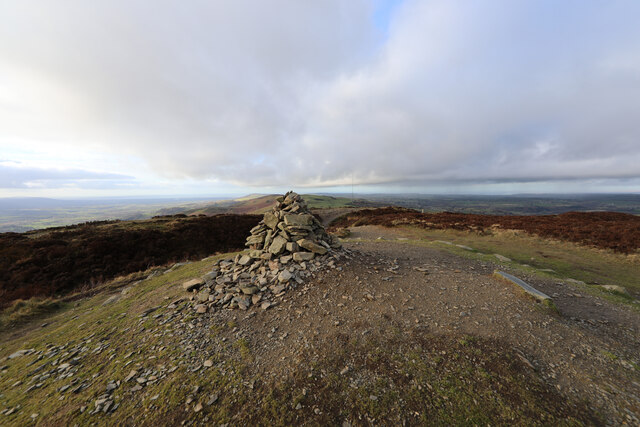
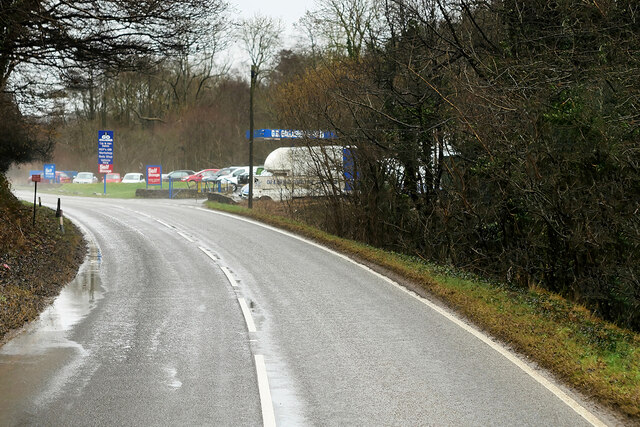

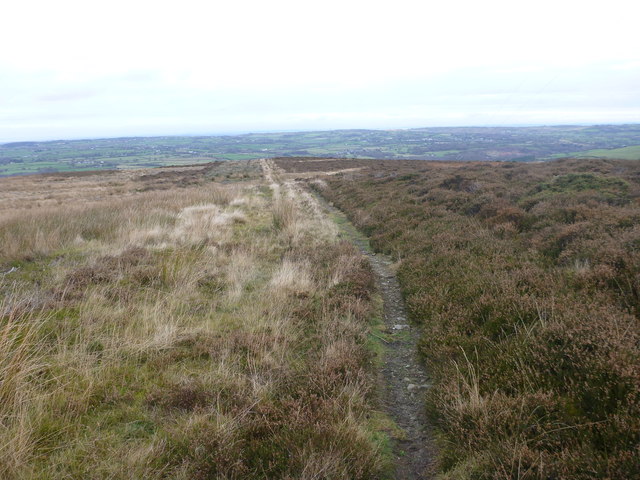
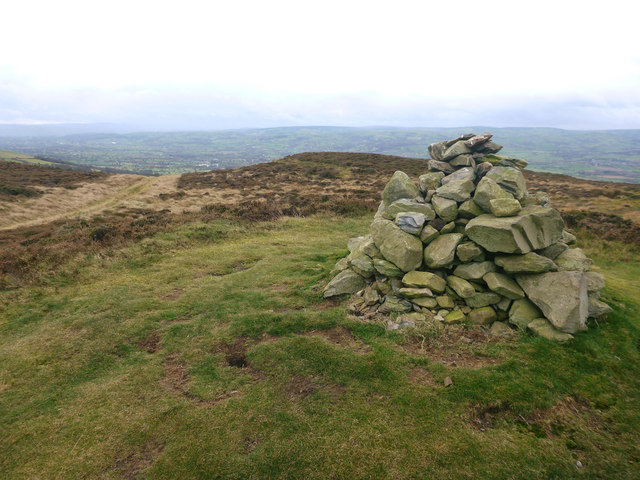
Colomendy is located at Grid Ref: SJ1369 (Lat: 53.215, Lng: -3.295)
Unitary Authority: Flintshire
Police Authority: North Wales
What 3 Words
///triathlon.expansion.skillet. Near Halkyn, Flintshire
Nearby Locations
Related Wikis
Moel-y-Parc transmitting station
The Moel-y-Parc transmitting station is situated on Moel y Parc, a hill in north-east Wales at the northern end of the Clwydian range, close to the town...
Moel y Parc
Moel y Parc (sometimes written as Moel-y-Parc) is a hill on the border between Denbighshire and Flintshire in Wales. It is one of the Clwydian Hills, rising...
Penycloddiau
Penycloddiau is a hill in Flintshire, Wales, and one of five Marilyns in the Clwydian Range. The hill, like Foel Fenlli and Moel Arthur to the south,...
Ddol Uchaf
Ddol Uchaf (also known as Y Ddol Uchaf) is a Site of Special Scientific Interest located near Ysceifiog, Flintshire, Wales. It has been selected as an...
Nearby Amenities
Located within 500m of 53.215,-3.295Have you been to Colomendy?
Leave your review of Colomendy below (or comments, questions and feedback).
